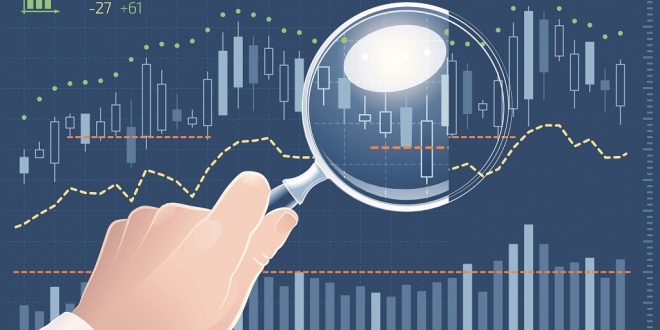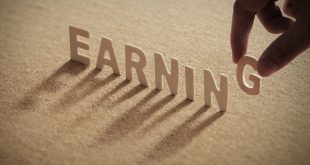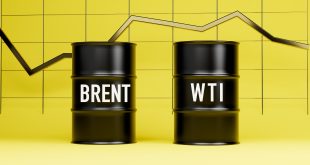In the first week of October 2025, the U.S. economy experienced what analysts have called a temporary economic blackout, as the government shutdown froze the publication of crucial economic data that investors, analysts, and policymakers rely on to gauge the nation’s performance.
For the first time in years, markets were forced to navigate without a compass, while global traders anxiously awaited reports that never arrived.
The crisis began when official agencies halted the release of key reports—including employment, inflation, industrial production, and retail sales—after government statisticians and analysts were furloughed. Without these benchmarks, financial institutions lost sight of the economy’s true direction. No one could say with confidence how fast the U.S. was growing, how high inflation stood, or how stable the job market really was. The result was a wave of uncertainty that rippled through Wall Street and the global economy alike.
In the absence of official numbers, private entities stepped in to fill the void. Data firms and financial institutions such as ADP, Carlyle Group, Revelio Labs, and Indeed Hiring Lab rushed to publish substitute estimates—quickly dubbed “shadow data” by market commentators.
The ADP report, for instance, showed that the U.S. private sector lost over 32,000 jobs in September, a sharp contrast to earlier expectations of continued job growth. Meanwhile, Carlyle Group used internal metrics from its portfolio of companies to estimate a modest gain of just 17,000 jobs—another sign of a cooling labor market.
This reliance on non-official data sparked widespread debate. Some argued that it saved markets from total blindness, offering at least a provisional sense of direction. Others warned against leaning too heavily on incomplete, privately sourced data that lacked the rigorous methodology of government statistics. With ADP’s numbers clashing with other private readings, traders found themselves relying more on instinct than analysis—turning forecasting into a guessing game rather than a science.
Amid this uncertainty, major financial institutions began to experiment with alternative data streams. They examined consumer spending through credit card activity, tracked cargo volumes in ports and air freight, analyzed energy consumption patterns, and even used geolocation data from retail chains. Some analysts leveraged artificial intelligence to merge these disparate signals into real-time predictive models, attempting to reconstruct the missing economic picture left by the shutdown.
Yet despite these innovations, the markets remained tense. Stock indices swung sharply, short-term Treasury yields spiked, and investors flocked to gold and the U.S. dollar as safe havens. Trading floors operated in a fog of hesitation—decisions were being made without the guidance of official data.
In the background, political voices reignited debate over the true cost of the government shutdown—not only in lost wages and services but in the erosion of confidence in America’s institutional reliability. The episode exposed a structural fragility: an economy overly dependent on centralized data collection, even as private entities now possess massive, instantaneous datasets capable of painting a faster, if imperfect, picture of reality.
By the end of the week, the shutdown had not only disrupted statistics—it had redefined the data hierarchy. Economists are now asking: will the future of economic measurement belong to public institutions, or to agile private players like ADP?
One thing is certain: the “week of data blindness” will go down in economic history as the moment when the lights of official numbers went out—and the markets were forced to feel their way through the dark.

 Noor Trends News, Technical Analysis, Educational Tools and Recommendations
Noor Trends News, Technical Analysis, Educational Tools and Recommendations




